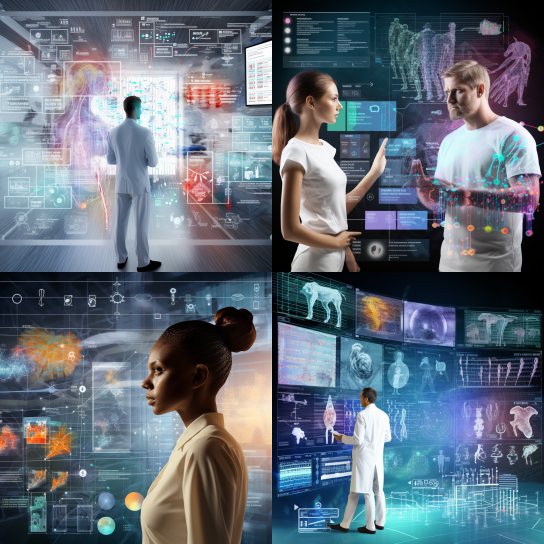Machine Learning—An Approach to Achieve Artificial Intelligence
Machine Learning—An Approach to Achieve Artificial Intelligence
Machine Learning—An Approach to Achieve Artificial Intelligence
Machine Learning
Introduction
Machine learning is a technology that allows computers to learn directly from examples and experience in the form of data. Traditional approaches to programming rely on hard- coded rules, which set out how to solve a problem, step-by-step. In contrast, machine learning systems are set a task, and given a large amount of data to use as examples of how this task can be achieved or from which to detect patterns. The system then learns how best to achieve the desired output. It can be thought of as narrow AI: machine learning supports intelligent systems, which are able to learn a particular function, given a specific set of data to learn from.
Machine learning came directly from minds of the early AI crowd, and the algorithmic approaches over the years included decision tree learning, inductive logic programming, clustering, reinforcement learning, and Bayesian networks among others. As we know, none achieved the ultimate goal of General AI, and even Narrow AI was mostly out of reach with early machine learning approaches.
Real "AI Buzz" | AI Updates | Blogs | Education
Branches of machine learning
There are three key branches of machine learning:
supervised machine learning
In supervised machine learning, a system is trained with data that has been labelled. The labels categorise each data point into one or more groups, such as ‘apples’ or ‘oranges’. The system learns how this data – known as training data – is structured, and uses this to predict the categories of new – or ‘test’ – data.
Unsupervised machine learning
Unsupervised learning is learning without labels. It aims to detect the characteristics that make data points more or less similar to each other, for example by creating clusters and assigning data to these clusters.
Reinforcement learning
Reinforcement learning focuses on learning from experience, and lies between unsupervised and supervised learning. In a typical reinforcement learning setting, an agent10 interacts with its environment, and is given a reward function that it tries to optimise, for example the system might be rewarded for winning a game. The goal of the agent is to learn the consequences of its decisions, such as which moves were important in winning a game, and to use this learning to find strategies that maximise its rewards.
When machine learning systems are deployed, there is a key distinction between offline and online learning systems:
- Offline learning systems are trained and tested in an offline setting, and the trained models are then ‘frozen’ before being deployed to a live setting. Any subsequent training will also be performed in an offline setting, tested, and then deployed using conventional software change management methods. This approach is more common in machine learning systems that are deployed today, because it gives an opportunity for human verification of the system, before the system interacts with any user.
- Online learning systems are also trained and tested in an offline setting before deployment, but the learning algorithms continue to be applied to the trained model after deployment. This means that the performance of the system ‘in the wild’ can continue to improve in real-time in response to real-world data. It also means that there is no opportunity for human checking of the consequences of updates to the model, before users are exposed to these. For example, many email spam detection systems perform online learning in response to patterns of inbound email and user feedback on the system’s accuracy.
Read More









Leave a Reply